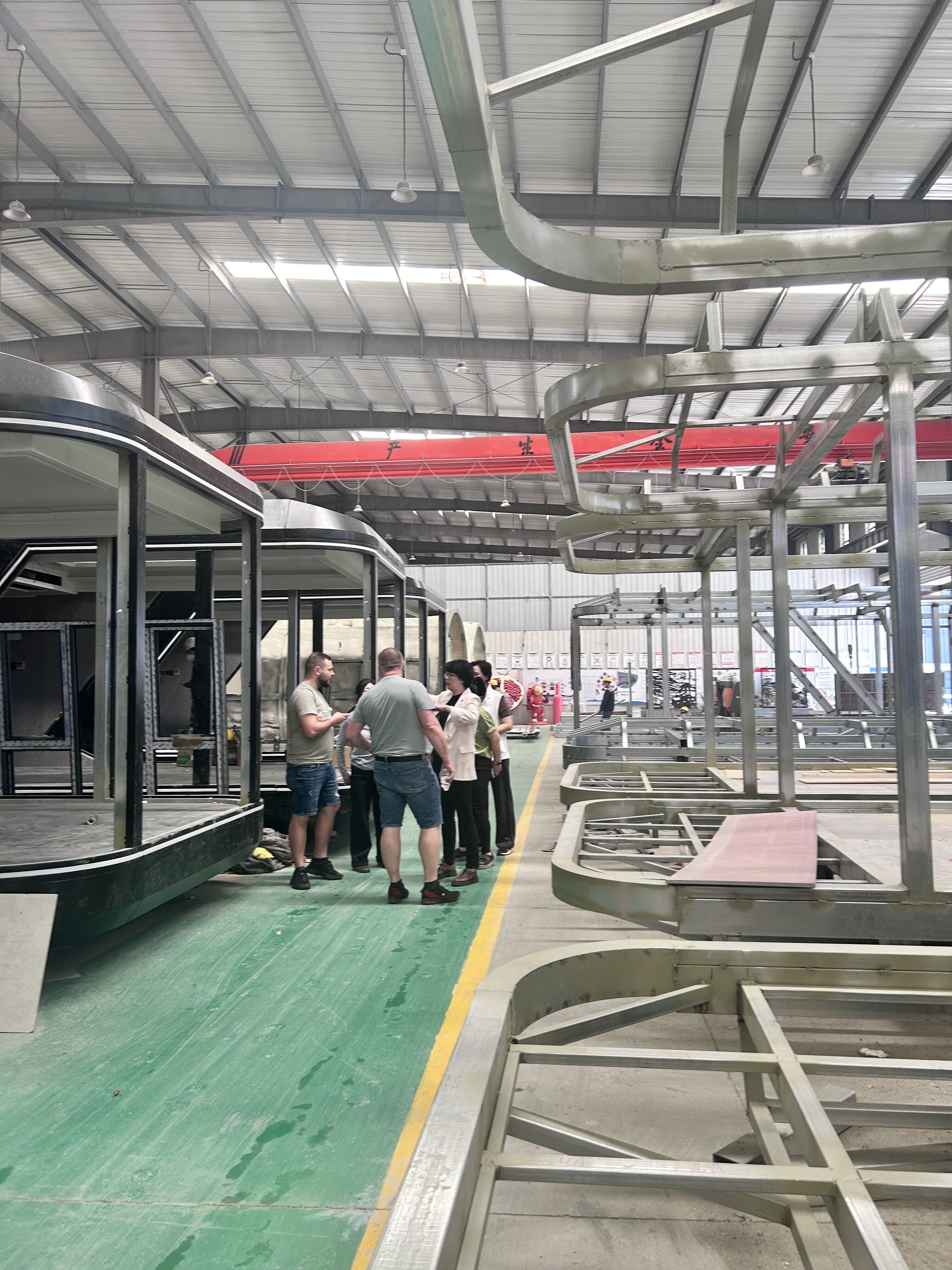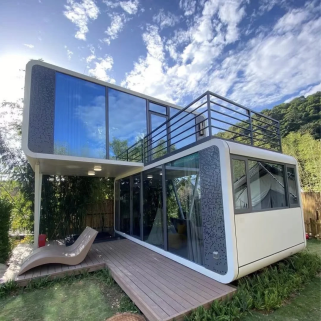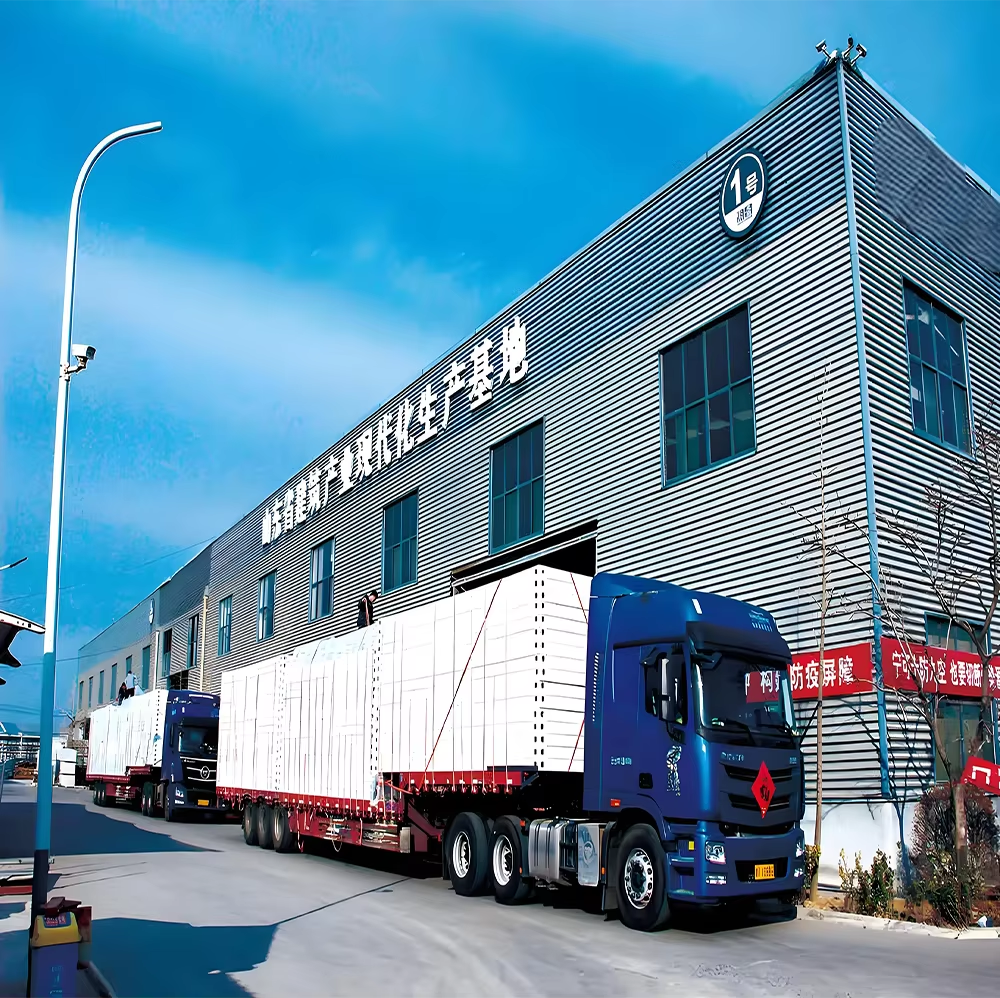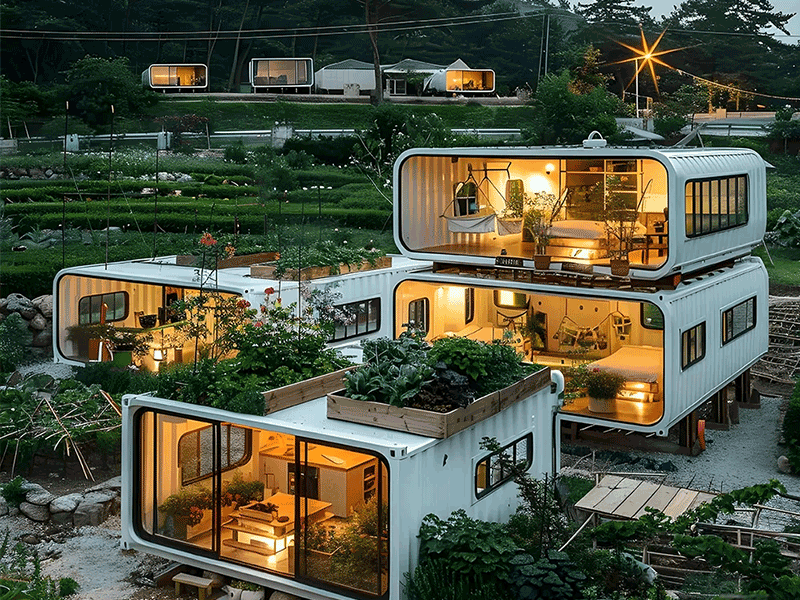The Integration of Smart Technology in Prefab Homes
Smart prefabricated homes are leading the way in modern housing, particularly for people who want to live off the grid. By merging factory-built construction with cutting-edge smart gadgets, these houses offer fresh answers to energy use, comfort, and self-reliance.
Autonomous Energy Systems
When the lights depend on the sun, managing power becomes critical, and smart prefab homes tackle that job head-on. Roof-mounted solar panels link with a built-in battery stash and a clever energy dashboard that talks to the homeowner around the clock. During bright afternoon hours, surplus juice feeds the batteries instead of being wasted, ready to power devices at night or through rainy spells. Smart meters and room sensors break down usage by lights, heat, and appliances, so families can spot waste and trim costs without guesswork.
Intelligent Climate Control
Smart prefab houses come with smart climate - control systems built right into them. Sensors watch over temperature, humidity, and air quality, then automatically tweak the heating, ventilation, and air conditioning (HVAC) as needed. Because of this, residents stay comfy and energy use drops. Lets say a room sits empty for a while; the system can either dial back the air flow or shut off that zone entirely, trimming the bill. Plus, advanced thermostats pick up on peoples schedules and favorite settings, so they keep making small adjustments that save even more power over time.
Remote Monitoring and Control
Another big perk of these homes is remote monitoring and control. Owners can grab their phone, tablet, or laptop to see how much energy is left, tweak any setting, and even get a quick warning if something goes wrong, like a solar panel blinking red or battery levels getting low. That kind of real - time insight gives peace of mind and makes it easy to run off - grid energy systems smoothly, whether the family is home or hundreds of miles away.
Sustainable and Resilient Design
Because these houses come together in sections off-site, they stack up as greener and tougher options for homes that run entirely off the grid. Building in a factory cuts leftover scrap and means every bolt and panel counts. Steel, the frame material most builders reach for, stands up to heavy winds, snow, and salt air, so outside storms damage fewer roofs and walls. And since the whole layout is modular, owners can swap in extra solar panels or a larger battery later without redesigning everything.
The Role of Prefabricated Steel Structure Construction
Steel - framed factory - built homes are at the heart of the smart off - grid movement. Assembly - line techniques put each bracket and column exactly where it belongs, giving walls a level that speeds energy code approvals. Because every unit shares the same specs, builders slide smart meters, wind sensors, and battery hubs right into place during setup. This repeatable approach also trains local crews who know both the structure and the tech, keeping repairs close to home and supporting a truly self-sufficient, eco-friendly lifestyle.







